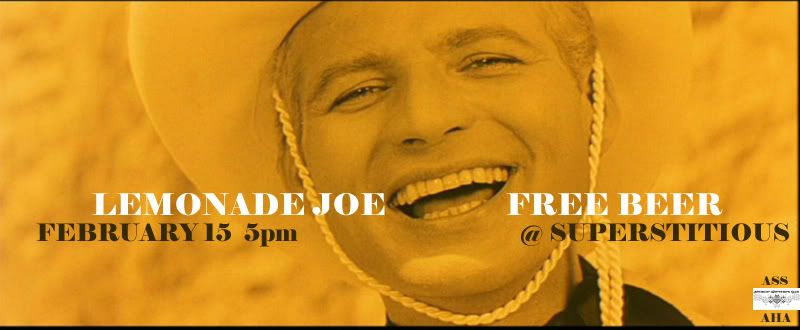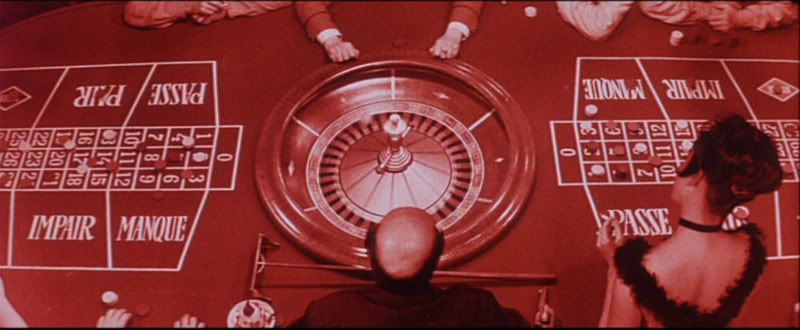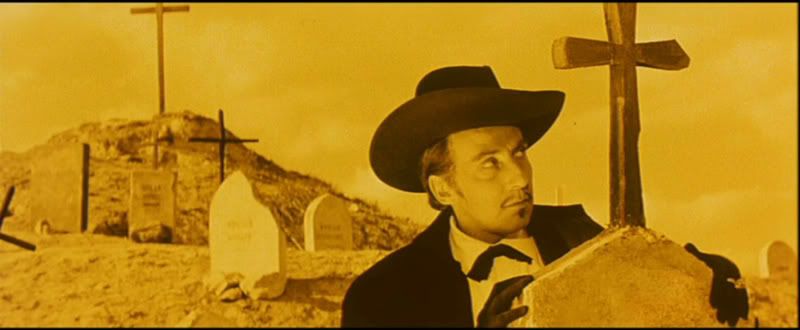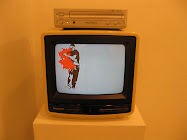Lemonade Joe
Art History Association Films You Should See
Friday, February 15th
5-7 pm
Superstitious Studios
The American Wandering Club, Art History Association, Association of Student Sculptors and L. Balli present the first in a series of films celebrating the 30th anniversary of the Prague Spring. Our first screening will be held at Superstitious Studios,
Future events this spring will showcase Věra Chytilová’s 1966 Daisies, The Fireman’s Ball by Milos Foreman and the short film stop-motion animations of Jan Svenkmajer. An important part of 20th century dissonance, the Czech New Wave film movement of the 60s is a beautiful example of politics, humor and intellectualism in harmony.
Yes, if you’re a fan of westerns, new wave, surrealism, or old Warner Brothers Looney Tunes, check out Lemonade Joe. In this scattershot comedy set in an Arizona town of the Old West it is impossible to tell whether director Oldrich Lipsky is being serious or not. This is definitely one for the “I have never seen anything quite like that before” category.
The epic battle between capitalism and communism is set up as a small town war over lemonade and whiskey. Shot in 1964, Lemonade Joe is a quirky precursor to the tongue-in-cheek comedies that flourished before the Prague Spring on 1968, when the Russians clamped down on a growing liberalism exemplified by a poetic interpretation of the French New Wave of Truffaut and Godard.
Too clean-cut, supercilious twit Joe is so vain he’d stop a fight to check himself out in the mirror. He falls for beautiful Winnifred, who alternates between gazing longingly in Joe’s direction and being in distress. The two are terrorized by Horace Badman, a true villain of the old school, twirling his moustache, wearing black, kidnapping girls, and shooting down the law in cold blood.
This movie is completely mad, right from the start. There are a lot of musical numbers, most of which are great fun, particularly when Horace sings about the joys of being a villain and shooting people in the back.
The entire film is shot in black and white, but tinted with color gels, creating a variety of bright colorful tints to match the story, including blues for night and red for love scenes. Of course, the majority of the film is in bright lemonade yellow, it lends a sepia tone photograph feeling to the Trigger Whiskey Saloon. Lipsky also makes a lot of use out of double exposures, most noticeably in a scene where Joe rides through desert passes, while the scenic background varies from the Pyramids to the Parthenon. From the cold confines of Soviet East Europe, why not dream a little?
email arthistoryass@yahoo.com for more information.




























0 comments:
Post a Comment